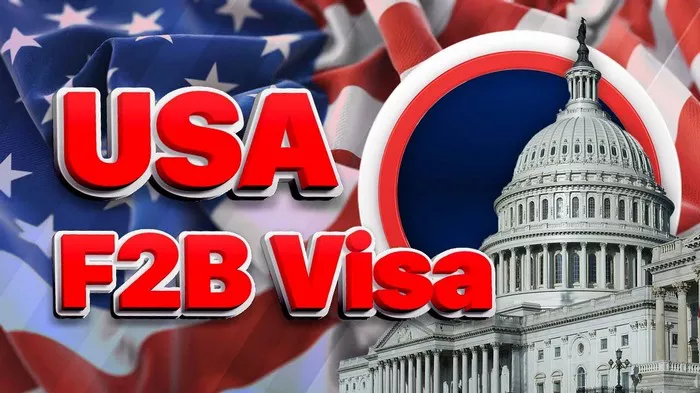Navigating the intricacies of immigration processes, particularly when it comes to family reunification, demands a comprehensive understanding of the timeline involved. The F2B visa category, designed for unmarried children (21 years or older) of Green Card holders seeking immigration to the United States, presents such a challenge. One of the primary concerns for applicants is understanding the processing time for F2B visas. In this detailed analysis, we delve into the multifaceted factors influencing the processing time for F2B visas, providing insights and strategies for applicants to effectively manage their expectations.
Overview of F2B Visa Processing
The processing time for F2B visas encompasses a series of stages, each influenced by various factors, culminating in the issuance of the immigrant visa. Understanding these stages is crucial for applicants to comprehend the timeline and anticipate potential delays accurately.
Stage 1: Filing the Petition (Form I-130):
Initiating the F2B visa application process involves the Green Card holder (the petitioner) filing Form I-130, Petition for Alien Relative, on behalf of their unmarried child. This foundational step establishes the relationship between the petitioner and the beneficiary (the F2B visa applicant) and sets the immigration process in motion.
Stage 2: Visa Bulletin and Priority Date:
Following the approval of Form I-130 by the United States Citizenship and Immigration Services (USCIS), the applicant’s priority date is established. This date is pivotal, as it determines the applicant’s place in the queue for visa issuance, guided by the Visa Bulletin published by the Department of State.
Stage 3: Waiting for Visa Availability:
The Visa Bulletin categorizes visa applicants into different preference categories, with F2B visa applicants falling under the Family Preference 2B category. However, the availability of visas within this category is limited, resulting in a waiting period for applicants until their priority date becomes current.
SEE ALSO: US B1 VISA VS B2 VISA: DIFFERENCES, ELIGIBILITY CRITERIA & TIPS
Factors Influencing Processing Time
Several factors contribute to the varying processing times for F2B visas, necessitating a nuanced understanding for applicants:
Country of Origin: Disparities in demand for F2B visas exist across different countries, with high-demand nations experiencing longer processing times due to visa availability constraints.
Priority Date: The significance of the priority date cannot be overstated. Applicants with older priority dates may progress through the process more swiftly than those with more recent dates, whose visas are subject to longer wait times.
Volume of Applications: Fluctuations in the volume of F2B visa applications received by USCIS and the Department of State can impact processing times. High application volumes may strain resources and lead to delays in processing and visa issuance.
Administrative Processing: Additional administrative procedures, such as security clearances or background checks, may be necessary in certain cases, prolonging the overall processing time for F2B visas.
Managing Expectations
Given the inherent complexities and variables involved, effectively managing expectations is paramount for F2B visa applicants. Employing proactive strategies can mitigate frustration and uncertainty throughout the application process:
Stay Informed: Regularly monitoring updates to the Visa Bulletin is essential for gauging visa availability and anticipating potential delays. Understanding where one stands in the queue provides valuable insight into the progression of the application.
Prepare Documentation: Thoroughly preparing and accurately submitting all required documentation in accordance with USCIS guidelines is crucial. This proactive approach minimizes the risk of delays stemming from missing or incomplete paperwork.
Exercise Patience: Acknowledging the inherent lengthiness of the F2B visa process is vital. Patience is a virtue, and maintaining open communication with USCIS or an immigration attorney facilitates clarity and understanding during periods of waiting.
Seek Assistance: In instances of significant delays or concerns regarding the application, enlisting the guidance of an experienced immigration attorney can provide invaluable support. Their expertise can navigate complexities and streamline the application process.
Conclusion
In conclusion, comprehending the intricacies of F2B visa processing time is essential for applicants seeking to reunite with their families in the United States. By dissecting the various stages of the process and identifying the factors influencing processing times, applicants can approach the journey with informed perspectives and realistic expectations. While delays may arise, proactive measures such as staying informed, preparing documentation meticulously, exercising patience, and seeking professional assistance can facilitate a smoother F2B visa application experience. Ultimately, navigating the F2B visa process requires diligence, resilience, and a steadfast commitment to the pursuit of family reunification on American soil.


